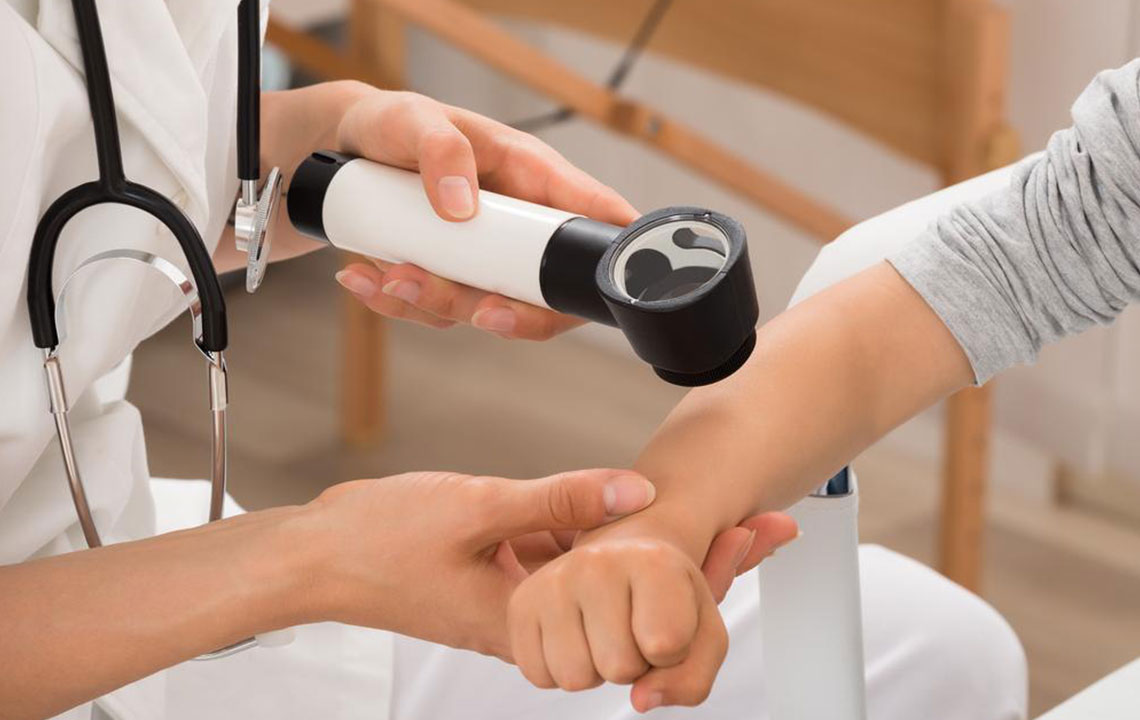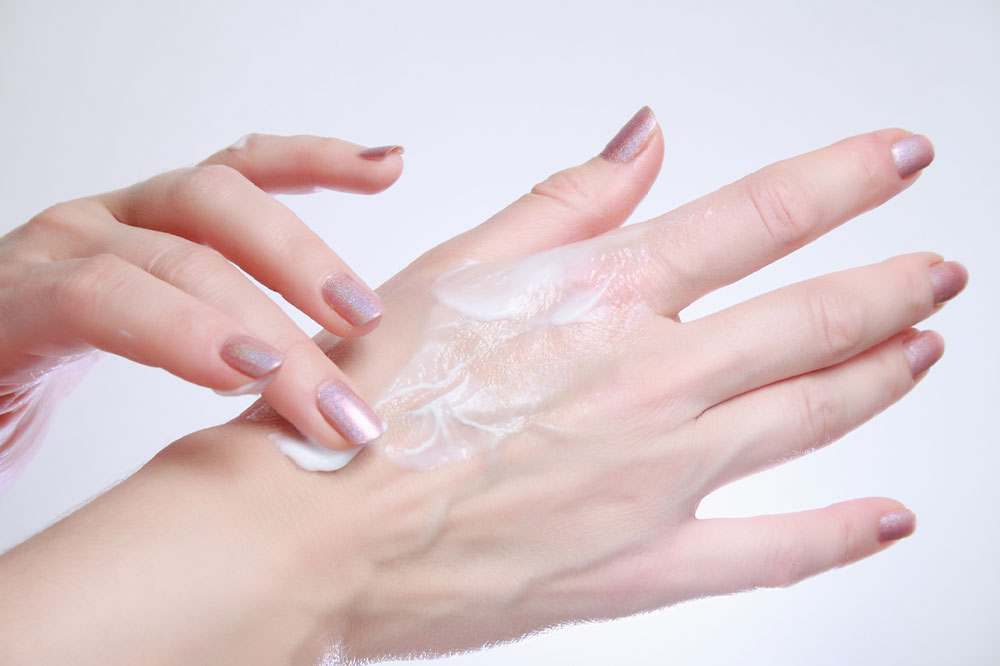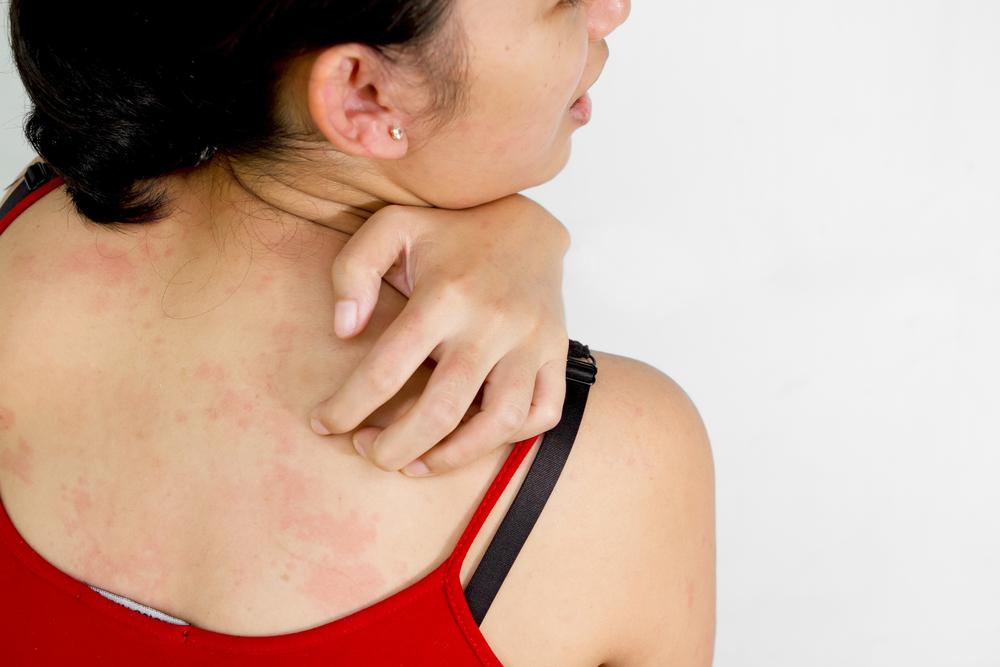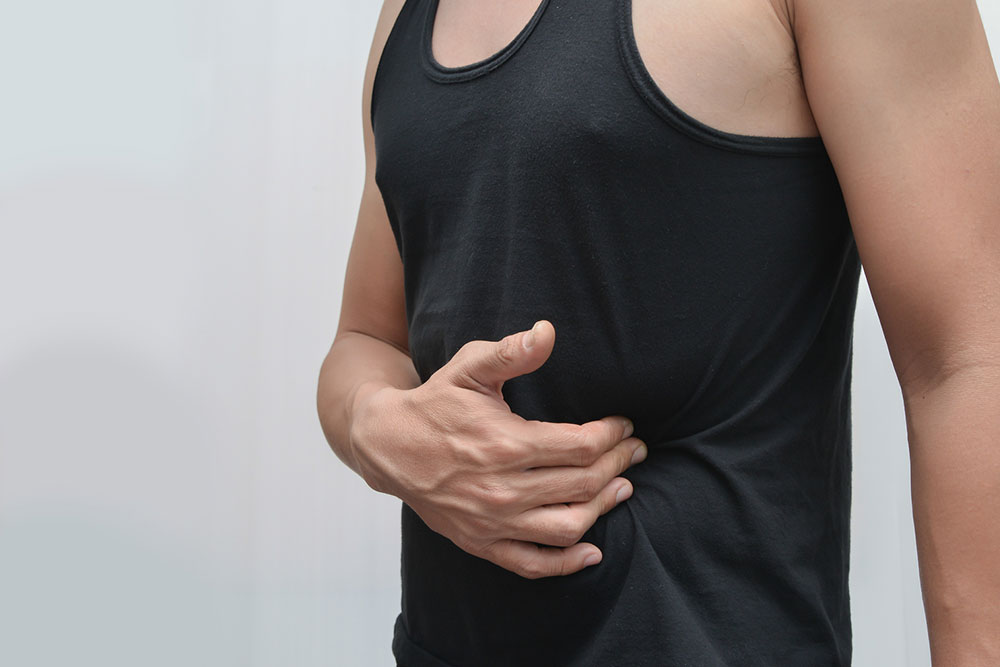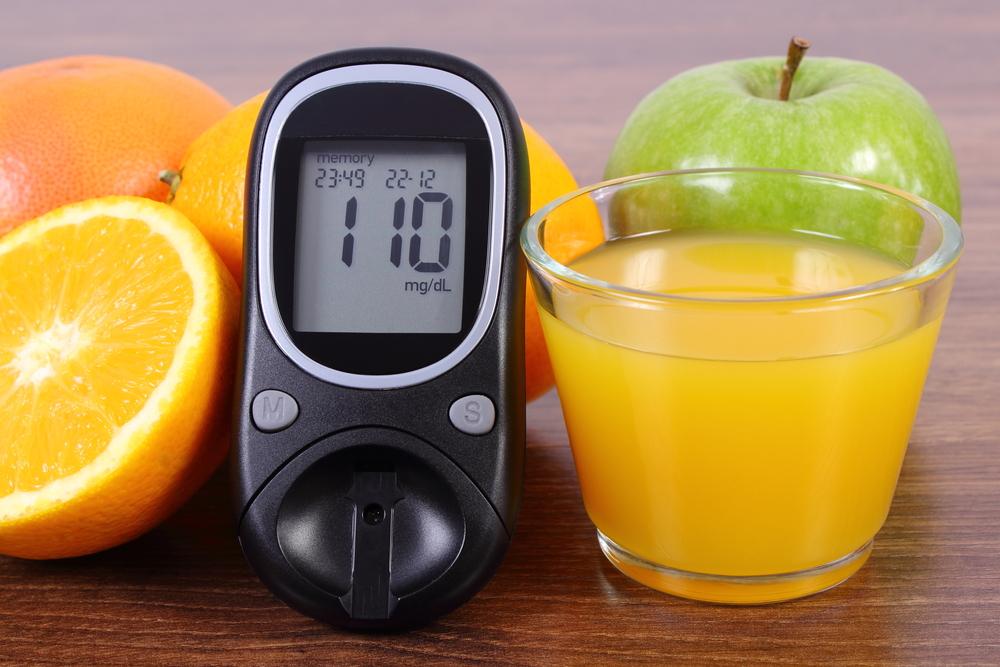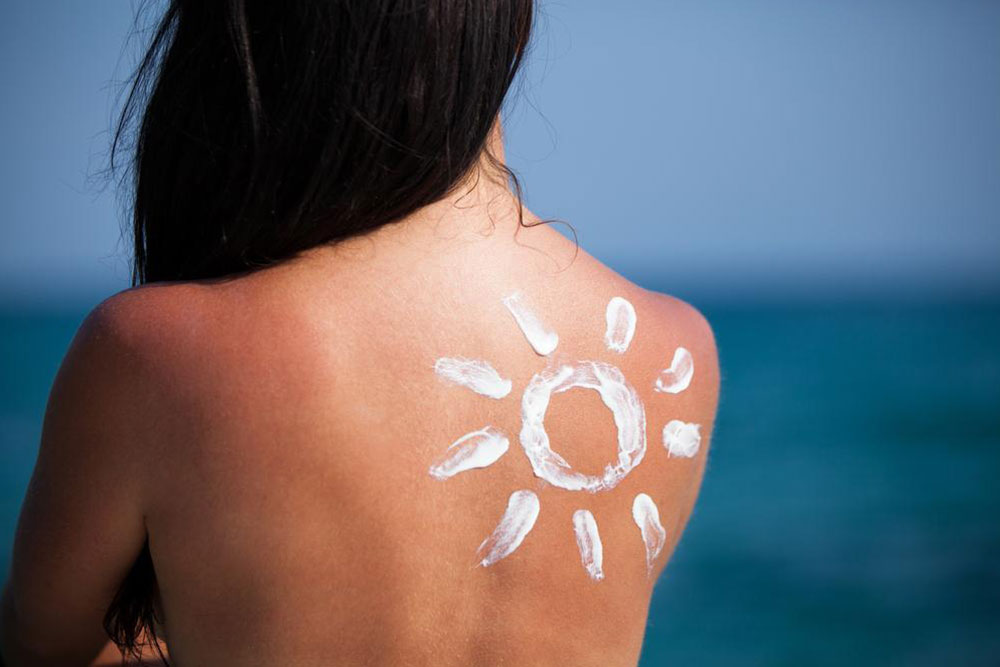Comprehensive Overview of Eczema Types and Effective Management Strategies
Explore the various types of eczema, their symptoms, and effective treatment options. Understand how conditions like atopic, contact, dyshidrotic, and seborrheic dermatitis manifest and learn treatment strategies such as moisturizers, medications, and lifestyle adjustments. This comprehensive guide helps readers recognize symptoms and seek appropriate medical care for better skin health.
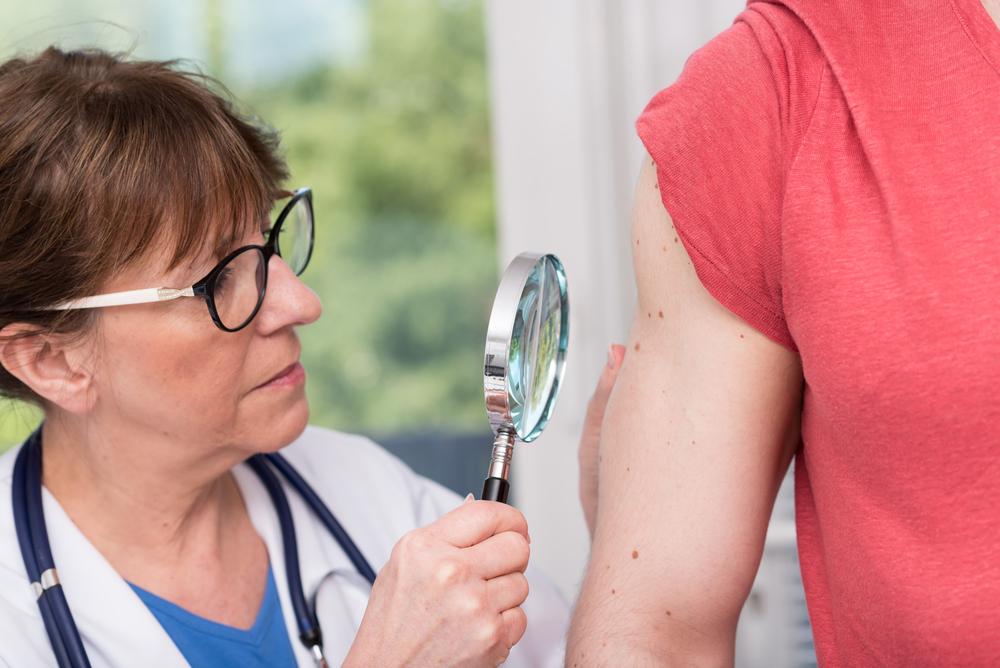
Understanding Eczema: Types and Treatment Options
Essential insights into the various types of eczema and their treatment approaches
What is eczema? It is a skin condition characterized by inflammation that causes certain areas to become irritated. Often called dermatitis, eczema involves skin redness, itching, and other symptoms.
Common signs of eczema
Symptoms vary across eczema types but generally include intense itching, which can damage the skin through scratching. Persistent scratching leads to redness, bleeding, and open wounds.
Other notable symptoms include flaky, rough skin, skin discoloration, blisters containing fluid or pus, fissures, and cracks, which can be painful and unsightly. For visual reference, online images of eczema can help identify these signs.
Varieties of eczema, their symptoms, and treatments
Atopic Dermatitis
Commonly affecting infants and children, but also adults, this form of eczema is associated with asthma and hay fever. Symptoms include itchy, thickened, and red skin, often appearing on the face, hands, feet, inner elbows, and behind the knees. External factors like soaps, rough clothing, household chemicals, certain foods, and allergens can exacerbate the condition.
Treatments: Moisturizers such as Cetaphil Restoraderm or Sebamed are effective. Managing immune response with medications like dupilumab or crisaborole injections, along with corticosteroids, antibiotics, or phototherapy, can help reduce symptoms.
Contact Dermatitis
Resulting from frequent exposure to harsh chemicals, contact dermatitis can be irritant or allergic. Repeated contact with irritating substances or allergens like nickel and specific cosmetics can prompt this condition, especially on the hands.
Treatments: Applying moisturizers such as Truly Pure Skin Recovery Cream, corticosteroid creams, and antihistamines helps. Preventive measures include avoiding contact with triggers and wearing gloves when handling chemicals.
Dyshidrotic Dermatitis
Affects hands and feet with unknown causes but presents with severe itching, cracking, and skin rupture. Treatment options include cold compresses, topical or oral steroids, and ultraviolet light therapy.
Nummular Dermatitis
More common in men, characterized by coin-shaped red patches on limbs and trunk. Triggers include dry or cold air, formaldehyde exposure, and contact with metals like nickel.
Treatments: Topical corticosteroids like Eucrisa, moisturizers, and oral medications such as steroids and antibiotics can aid recovery.
Neurodermatitis
Identified by itchy patches on the neck, back, genitals, scalp, and wrists. Scratching can lead to infections. Managing this involves resisting scratching and using steroid treatments, including prednisone.
Seborrheic Dermatitis
Also known as dandruff, this type affects areas like eyebrows, nose, ears, groin, and chest, causing dryness, itching, and thickened skin.
Treatments: Dandruff shampoos, topical steroids, and antifungal treatments are commonly recommended for relief.




